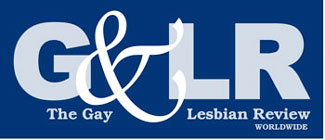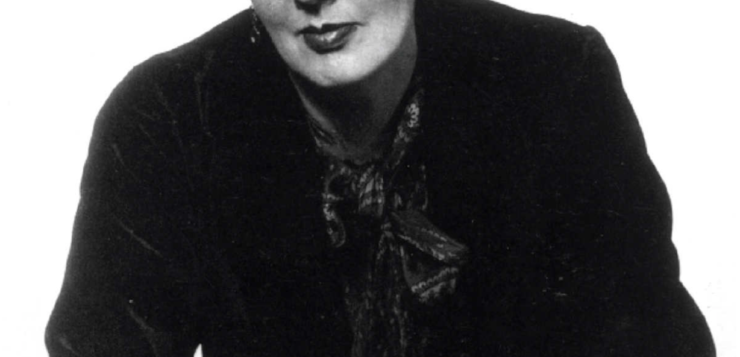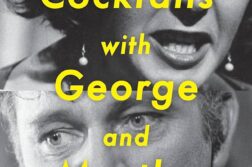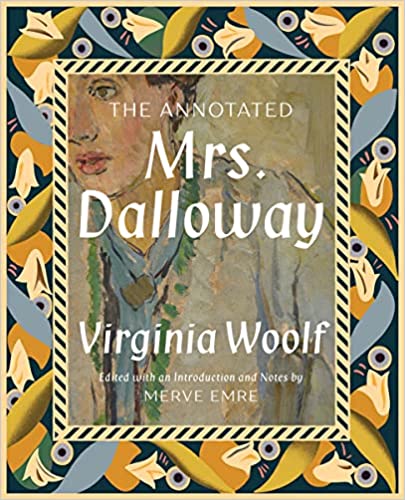 THE ANNOTATED MRS. DALLOWAY
THE ANNOTATED MRS. DALLOWAY
by Virginia Woolf
Edited by Merve Emre
Liveright. 242 pages. $35.
What editor Merve Emre’s erudite and sumptuous edition adds to the current Dalloway renaissance is a book that will appeal both to Woolf scholars and to fans outside the academy. The book is a rare hybrid in publishing: a scholarly coffee table book. It successfully combines an introduction that tells the narrative of the novel’s long gestation and composition, places it in the historical context of post-Great War Britain of the 1920s, and supplements the text with copious archival photographs and illustrations, many of which appear for the first time. The notes describing them are both erudite and illuminating.
Emre’s introduction gives a detailed and fascinating account of the novel’s composition, a process that took several years punctuated by fallow periods of several months when Woolf wrote nothing. The main reason for this glacial progress was that Woolf was discovering her characters’ lives and personalities as she created them. She was also inventing a method for writing a new kind of novel. It had been preceded by a short story called “Mrs Dalloway in Bond Street,” published in 1923. However, the character Mrs. Dalloway long antedates the story, appearing in Woolf’s first novel The Voyage Out (1915). Emre provides the back story for both the birth of Mrs. Dalloway the character and the origins of the eponymous novel. Emre also gives an account of the development of another major character, Septimus Smith, a World War I veteran who’s afflicted with “shell shock”—what we call PTSD. He shows how these two characters, different as they are, operate as a pair in the novel, and argues that this pairing was key to her discovery of the innovative form of the novel.
Emre’s archival research has paid off handsomely. Woolf was a member of the Bloomsbury group, that loose collection of artists, writers, and intellectuals who got together periodically to discuss their work. Emre has brought together an array of photographs—of John Maynard Keynes and his wife, Lydia Lopokova, of T. S. Eliot and his wife Vivienne, of Virginia herself and her husband Leonard—that give the reader a vivid picture of the sort of people that would attend Mrs. Dalloway’s party. Several characters in the novel embark on excursions through the city, and thanks to Emre’s extensive research, the reader gets to see and hear the sights and sounds of mid-1920s London as they would have seen and heard them. Yet another pleasure of this book arises from the juxtaposition of Woolf’s poetic language with the vivid colors of the paintings of her friends Vanessa Bell and Duncan Grant.
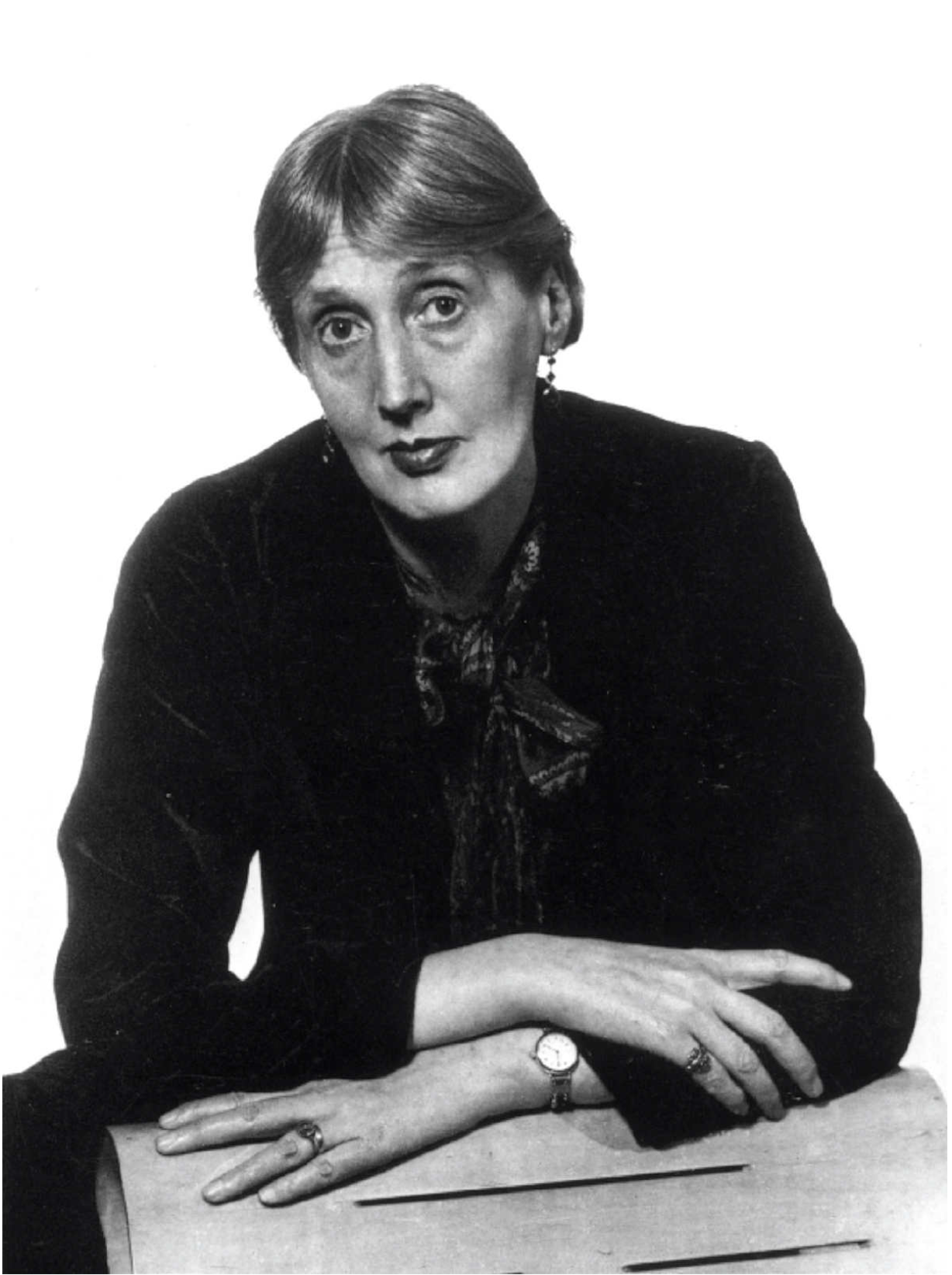
While Woolf’s fiction is often thought of as mostly about exploring the depths and complexities of her characters’ streams of consciousness, this edition reveals the extent to which Mrs. Dalloway is a political and social novel about England’s class system and its failure to confront the consequences of the Great War. Mrs. Dalloway is very much a post-war novel, and one of the first to deal with PTSD. At the center of the novel is the suicide of Septimus Smith, which represents the failure of English society to understand the cultural and personal meanings of the War. “The War was over,” Clarissa muses, “except for someone like Mrs. Foxcroft at the Embassy last night eating her heart out because that nice boy was killed and now the old Manor House must go to a cousin; or Lady Bexborough who opened a bazaar, they said, with the telegram in her hand, John, her favourite, killed; but it was over; thank Heaven, over.”
Mrs. Dalloway is a novel about a woman giving a party. In that spirit, The Annotated Mrs. Dalloway is not a book to be read and then hidden away on a shelf in your study. It belongs on your coffee table so that your friends and even casual acquaintances can enjoy the visuals while you’re in the kitchen making the coffee.
Nils Clausson is emeritus professor of English at the University of Regina (Canada).

